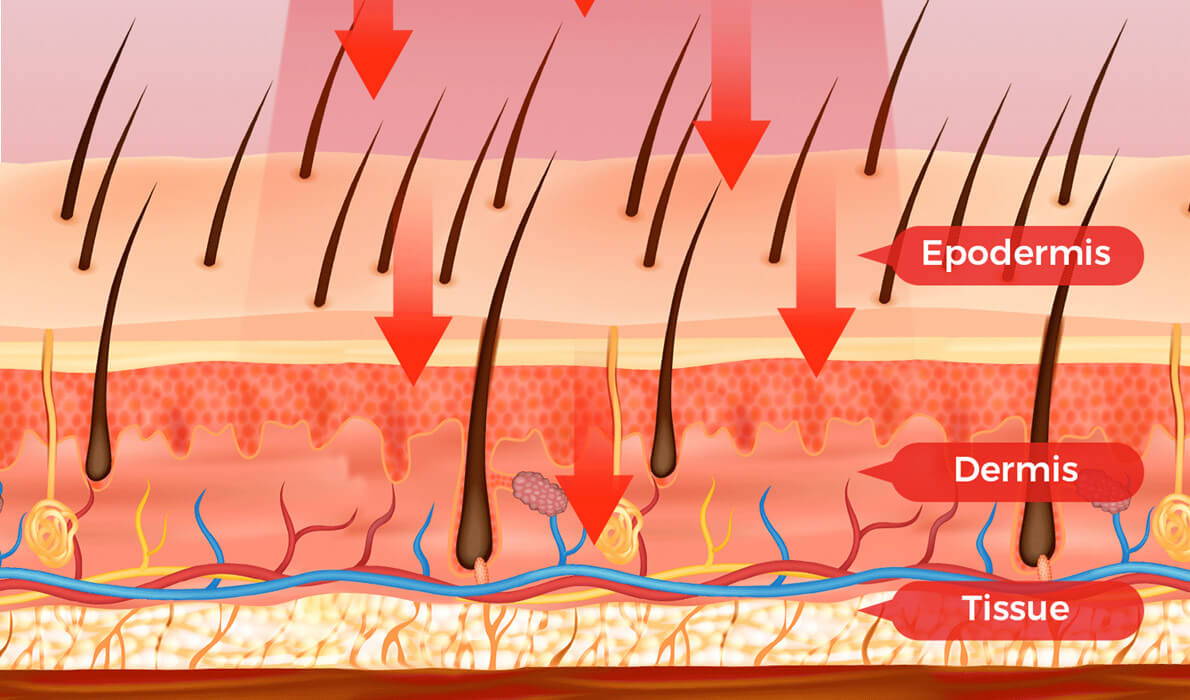24‑Hour ECG Monitoring vs. Traditional ECG
24‑Hour ECG Monitoring vs. Traditional ECG
Introduction
When it comes to heart‑health screening, most people are familiar with the standard resting electrocardiogram (ECG) – a short‑duration test done in a clinic or hospital. While that traditional ECG remains a cornerstone of cardiac assessment, it has limitations, especially when it comes to detecting intermittent arrhythmias or capturing heart‑rhythm changes during everyday life.
By contrast, continuous monitoring solutions—such as a 24‑hour ECG recorder—offer a more extended view of your heart’s activity. In this article we’ll compare the two approaches, explore their respective benefits and use‑cases, and introduce how the Wellue 24/72‑Hour ECG Recorder with Screen offers a hybrid bridging solution.
What Is a Traditional ECG?
A traditional ECG (or electrocardiogram) records the electrical activity of the heart over a brief period—typically minutes—and is done while the patient is at rest in a clinical environment. It captures data such as heart rate, rhythm, conduction intervals and may show signs of prior cardiac damage.
Its advantages include being quick, widely available, low‑cost in many settings, and well‑understood by clinicians. However, because the recording period is short and captures just a “snapshot” of heart activity, it may miss rhythm disturbances that occur only sporadically or during certain triggers (exercise, sleep, stress).
What Is 24‑Hour (or Longer) ECG Monitoring?
Another option is ambulatory ECG monitoring—wearable devices that track your heart’s electrical activity continuously over a longer period (often 24, 48, 72 hours or more). A classic example is the Holter monitor.
These extended‑duration devices allow monitoring while you go about your daily activities—work, sleep, exercise, travel—enabling detection of rhythm events that might be missed in a short test. One recent study found that a 72‑hour wearable ECG patch offered detection rates comparable or better than standard 24‑hour Holter in certain cases.
Benefits: Traditional ECG
- Fast: Ideal for initial screening or in‑office evaluation of chest pain or other acute symptoms.
- Widely available: Most clinics and hospitals can perform it easily.
- Good for baseline assessment: It gives a controlled measurement, useful for comparing future tests.
- Low burden: Patient simply lies still for several minutes—no need to wear equipment all day.
Benefits: 24‑Hour+ ECG Monitoring
- Higher chance of catching intermittent events: If the irregularity happens only occasionally (say during sleep or exercise), then longer monitoring means more chances to record it. For example, continuous data provides a fuller picture beyond “just one moment”.
- Real‑life context: The heart is monitored during actual daily life—stress, sleep, activity—rather than only in a clinic setting.
- Greater data volume = more insights: More data gives clinicians and algorithms more material to detect trends, silent events or subtle abnormalities.
- Better for ongoing monitoring: If you have known heart‑rhythm issues, or you’re at risk (e.g., for atrial fibrillation), longer monitoring helps track over time rather than just once.
Use‑Cases: When to Choose Which
- You’re undergoing a fast check‑up or initial evaluation of chest discomfort, palpitations or shortness of breath.
- A clinician needs a baseline reading in a controlled, resting state.
- You don’t suspect intermittent rhythm issues and the question is more about structural or acute problem.
- You have symptoms only occasionally (nighttime palpitations, unexplained dizziness, intermittent arrhythmia) and the resting ECG was normal.
- You want to monitor your heart during real‑life situations (sleep, exercise, travel, stress).
- You have known arrhythmia, or you’ve been treated for one, and you want to track how your rhythm is behaving over time.
- You need detailed data to share with your clinician for decision‑making.
How the Wellue 24/72‑Hour ECG Recorder with Screen Bridges the Gap
The Wellue 24/72‑Hour ECG Recorder with Screen (see product) offers a practical middle ground: wearable monitoring with AI‑analysis and built‑in screen for convenience. Key features include:
- Up to 72 hours continuous recording.
- Built‑in display so you can view waveforms or device status directly.
- AI‑based analysis of multiple heart‑rhythm events (17 kinds) and shareable report formats.
- Wearable design that allows monitoring during daily activities—not just in clinic.
Thus, if you suspect intermittent rhythm issues or want a deeper look at your heart health beyond a single ECG, this type of device is a strong option.
Limitations & Things to Keep in Mind
- Traditional ECG is limited to a moment in time and may miss intermittent events.
- Extended monitoring is better for rhythm detection, but it may still fail to capture rare events if they don’t occur in the monitoring period.
- Wearables often use fewer leads than full 12‑lead ECG, which means while they’re great for rhythm monitoring, they may not replace full diagnostic ECG in some structural heart‑disease investigations. For example, a 12‑lead ECG gives more spatial information.
- Device data should always be interpreted by healthcare professionals; monitoring devices are adjuncts—not full replacements for clinical diagnosis.
Conclusion
Both traditional ECG and 24‑hour (or longer) ECG monitoring have their places in heart‑health assessment. The traditional ECG is fast, accessible, and suitable for many routine uses, while longer‑duration monitoring is especially valuable when intermittent heart‑rhythm issues are suspected, or when you want to monitor during your real‑life activities.
For those looking for a practical wearable solution, the Wellue 24/72‑Hour ECG Recorder with Screen offers an accessible way to take your heart‑monitoring into daily life, leveraging continuous data, AI insights and convenience. Ultimately, combining the right tool with your clinician’s guidance gives you the best shot at staying proactive about your heart health.


